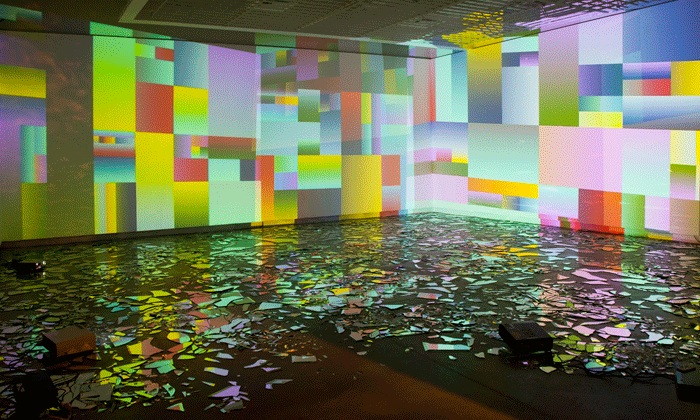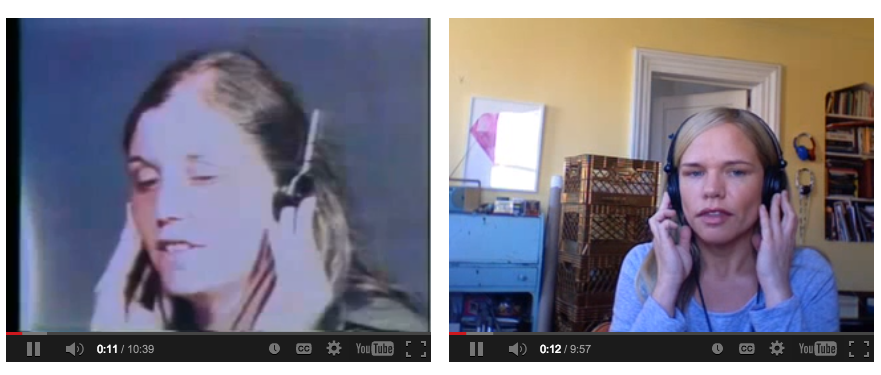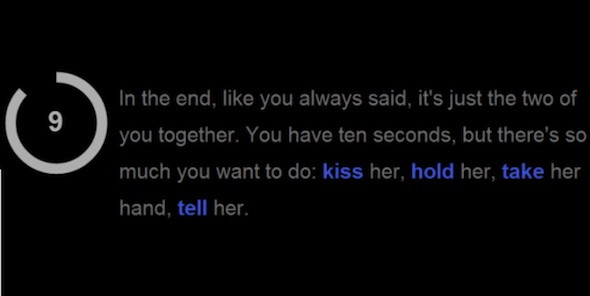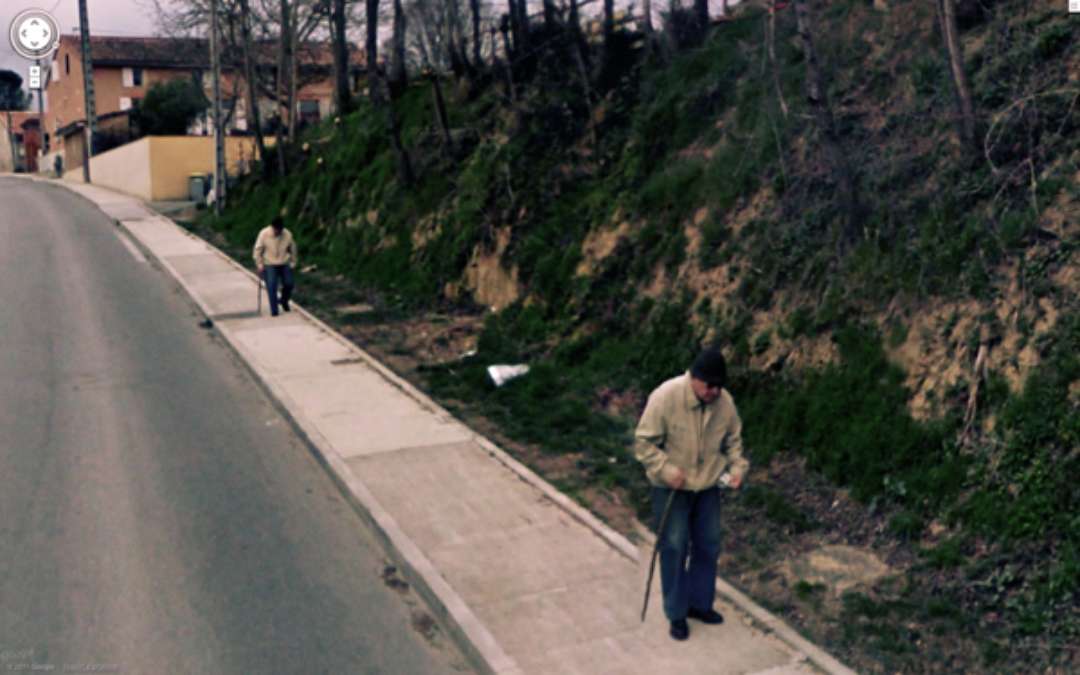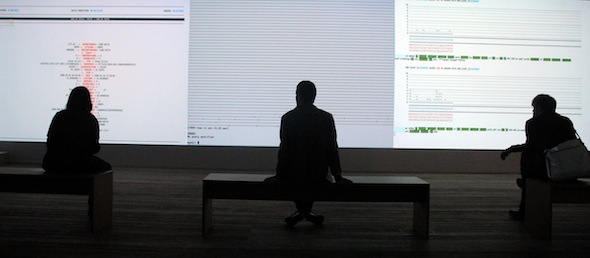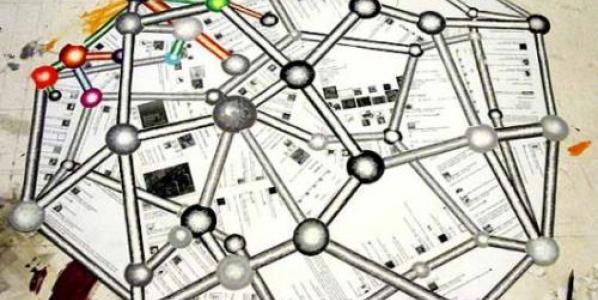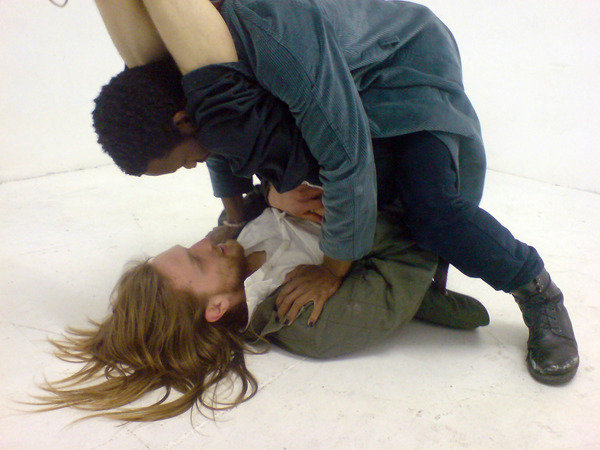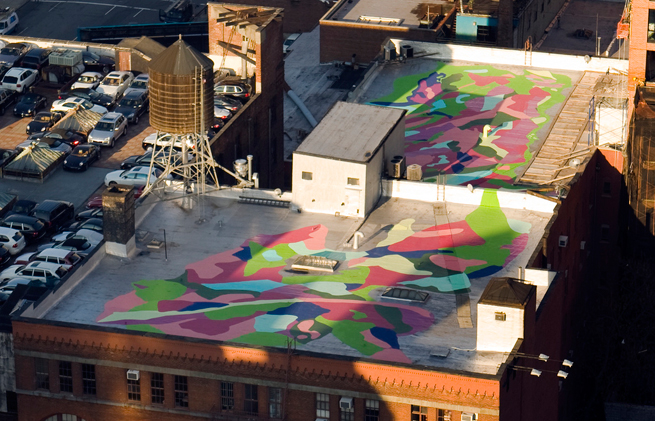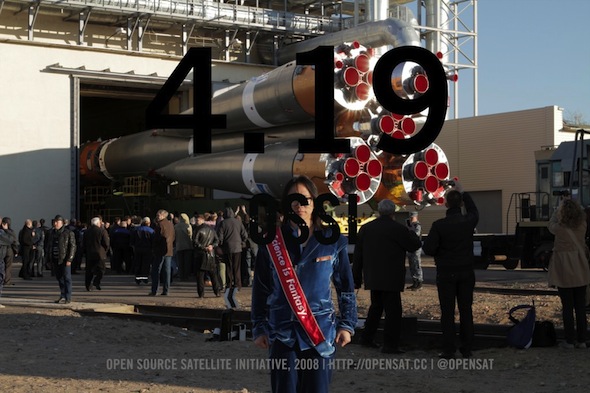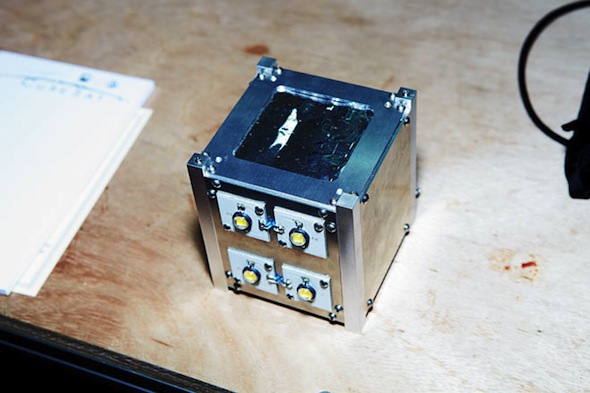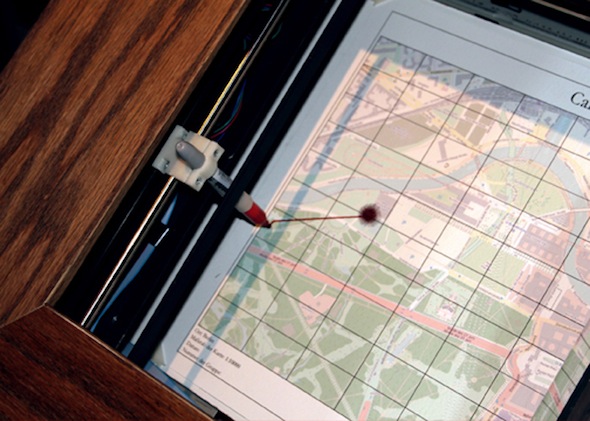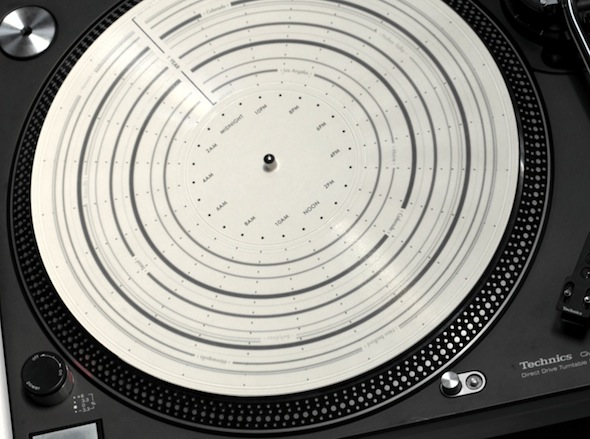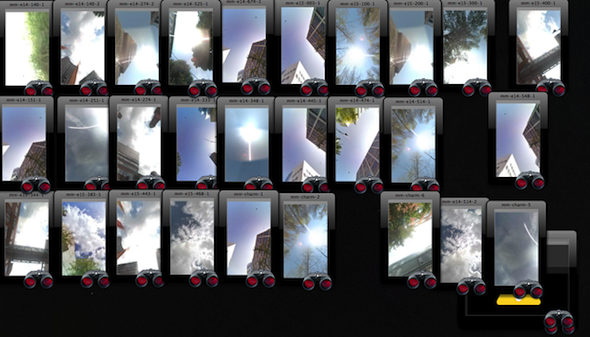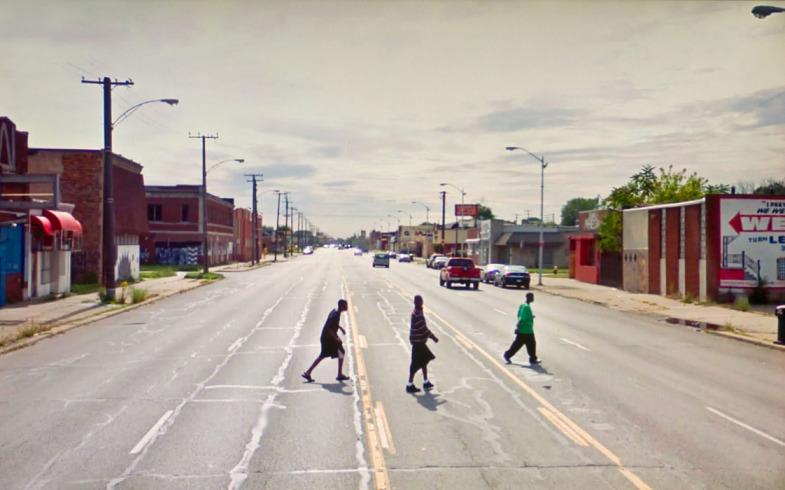Republished in slightly edited form from VVVNT.
![]()
Image courtesy of Graham Harwood.
How does the way war is thought relate to how it is fought?
As the Afghan war unfolds, it produces vast quantities of information that are encoded into database entries and can, in turn, be analyzed by software looking for repeated patterns of events, spatial information, kinds of actors, timings, and other factors. These analyses go on to inform military decision-making and alter the course of events in the air and on the ground.
On July 25, 2010, WikiLeaks released a large amount of this normally classified information as the Afghan War Diary, comprising over 91,000 (15,000 withheld) reports covering the war in Afghanistan from 2004 to 2010. The reports were written by soldiers and intelligence officers and calculated by clocks, computers, and satellites. The primary source of the Afghan War Diary is the Combined Information Data Network Exchange (CIDNE), a database created by the US Department of Defense (DoD).
One way of looking at the War Diary is to use it as a record of specific military acts; another is to critically reflect on the database machines that generated it. Endless War,[1] an artwork by YoHa and Matthew Fuller, takes up the latter project. It processes the WikiLeaks Afghan War Diary data set as a collection of analytic viewpoints, both machine and human. A software-driven system, Endless War reveals the structure of these viewpoints by using N-gram fingerprints, a method that allows sorting of the text as an anonymous corpus without having to impose predetermined categories on it.[2] Presented as a gallery installation, the system includes a computer that processes the data in real time, projections of the results, and coil pick-up microphones on the central processing unit that sonify the inner working of the machine.
The torrent files released by WikiLeaks in 2010 are the residue of the system that created them, both machine and human. They seem to hint at the existence of a sensorium, an entire sensory and intellectual apparatus of the military body readied for battle, an apparatus through which the Afghan war is both thought and fought.
![]()
Endless War installation shot #3, at Kunsthal Arrhus. Photo: Arrhus, 2013.
Making Endless War
The Afghan War Diary was one of three data dumps released by WikiLeaks in 2010, along with the Iraq War Logs and Cablegate, a collection of cables sent between Washington and US embassies in 274 countries, dating from 1966 to 2010. What all of these archives had in common was that they required a level of mediation to make them meaningful. Julian Assange, editor-in-chief and founder of WikiLeaks, remarked:
It's too much; it's impossible to read it all, or get the full overview of all the revelations. But the impact all over the world is enormous. [3]
Enormous, and unevenly distributed. There are at least two people who lost their liberty and are now sitting in confined spaces as a consequence of this archive: Julian Assange and Chelsea (formerly Bradley) Manning, a 25-year-old Private First Class, United States Army. They sit on opposite sides of the Atlantic, restricted by state machines, legislative process, and the physical boundaries of the Ecuadorian Embassy in London and Fort Meade, Maryland. Also implicated in the making of the database are obliterated bodies, the dead and the disfigured, which (particularly given YoHa's work Tantalum Memorial and Coal Fired Computers) would lead us to ask how the space between knowledge and power is transfigured to create a machine of death (a topic outside the limited scope of this commentary).
The databases contain fields for reporting and analysis for disciplines including: Human Intelligence (HUMINT), Psychological Operations (PSYOP), Engagement, Counter Improvised Explosive Device (CIED), Significant Acts (SigActs), Targeting, and Social and Cultural reports. All the entries are indexed spatially by the sixteen orbiting satellites of the Global Positioning System and temporally by the coordinates of atomic clocks. Intelligence analysts like Manning would use the database to produce charts, graphs, tables, and maps to conduct predictive analysis based on statistical trends. As Manning described in her 2013 court-martial:
The SigAct reporting provided a reference point for what occurred and provided myself and other analysts with the information to conclude possible outcomes. […] I enjoyed the fact that an analyst could use information derived from a variety of sources to create work products that informed the command of its available choices for determining the best course of action or COAs. Although my military occupational speciality (MOS) required working knowledge of computers, it primarily required me to consider how raw information can be combined with other available intelligence sources in order to create products that assisted the command in its situational awareness or SA. [4]
NATO forces invaded Afghanistan on October 7, 2001. At that point, an apparatus including the United States Central Command (CENTCOM) reporting tool was established for reporting every interaction between NATO and local people. It was a system for administering the utterances of men and machines so they could be sorted for further intelligence and COAs in the pursuit of the war.
,100,802F8563-4108-4FD7-ADAA-903CD4641B47,2004-01-21 00:00:00,Non-Combat Event, Propaganda,2007-033-010818-0970,PROPAGANDA
Other ,KHOWST AREA ACTIVITIES: TB TYPE NIGHT LETTERS HAD BEEN DISTRIBUTED IN YAQUBI, IVO 332738.48N 0695927.88E; BAKHTANA
IVO 332730.36N 069 5558.61E; AND KHOLBESAT IVO 332938.16N 0700023.50E ON THE NIGHT OF 18 JAN 04. THESE LETTERS STATED THAT
"ANY ONE WORKING FOR THE GOVERNMENT SHOULD QUIT", AND THAT "WE FORGIVE ALL THE COMMUNISTS, UNLESS THEY WORK FOR THIS GOVERNMENT".,RC EAST,NEUTRAL,FALSE,OTHER,OTHER,Coalition,0,0,0,0,0,0,0,0,0,42SWC9210302785 ,33.4605484,69.99111176,UNKNOWN ,UNKNOWN,,,NEUTRAL,GREEN,SECRET.
Typical record from the WikiLeaks Afghan War Diary.
The 91,000 entries could, at that time, be downloaded in HTML, CSV, or SQL formats, each entry formatted as above. This watershed moment solidified the idea that news could be delivered in the form of a data dump: a blob of files, comma separated entities, modulated patterns, alphanumeric strings, lines, and breaks. This downloaded structure is not only the residue of data types, domains of searchability, a shadow of the list architecture, but is also a record of the soldiers' fingers hitting the keyboard. In its raw form, as Julian Assange noted, even the HTML version was relatively unintelligible for the human reader. The container of the records, its tables and entities, was conceived of by another intelligence—an intelligence formed by the collective acts of humans and machines.
As you unzip and distribute the leak documents into a newly created folder, you begin to gaze at record after record. You soon find yourself becoming hungry for a device that will sort, join, and create new views out of the 91,000 comma-separated lines. It's as if the image of the parent machine emerges from the potential of the information in front of you. The text blobs scream out to be hung on indexes, laid out on the latitude and longitude of maps, and ordered across the epochs of time. But files must first be cleaned before this imagined machine can perform its mediation. Journalists must have needed to talk to database administrators, who would have been writing SQL-type queries that make database selections revealing civilian deaths from friendly fire.
Making Meaning from Machine Intelligence
# To measure is to introduce new pressures and potentialities into the subject.
# Triage = Assign degrees of urgency.
harwood@ripper:~S MYSQL> SELECT SUBSTRING(Summary 'child', Summary) - 8, 32)
FROM war_diary WHERE Summary LIKE "%child%" LIMIT 6;
----------------------------------
WAR DIARY
==================================
triage, 67 children, 0 attended
triage, 93 children, 161 attended
triage, 150 children, 89 attended
triage, 48 children, 86 attended
triage, 191 children, 121 attended
triage, 285 children, 190 attended
# To measure is to introduce new pressures and potentialities into the subject.
Code snippet, searching the Afghan War Diary archive on the MySQL command line.
If journalists tried to make the data transparent, to use it as a window to real world events, what we wanted to make visible was the data itself, and its role in a system of war in which we are also implicated. Endless War was an attempt to convey a sense of how the machine is able to read the entries in a way that is unlike a human, yet makes sense of the entries, ordering them in order to allow the human to participate in an intelligence that is not their own.
![]()
Key incidents from the Wikileaks Afghanistan data. Courtesy of The Guardian.
| war_diary_id | ReportKey| Date| Type| Category |
| TrackingNumber | Title| Summary | Region | AttackOn |
| ComplexAttack | ReportingUnit| UnitName | TypeOfUnit |
| FriendlyWIA | FriendlyKIA | HostNationWIA | HostNationKIA |
| CivilianWIA | CivilianKIA | EnemyWIA | EnemyKIA | EnemyDetained |
| MGRS |Latitude | Longitude | OriginatorGroup | UpdatedByGroup |
| CCIR |Sigact |Affiliation | DColor | Classification |
Column names or Entities from the header section of the War Diary.
To make full sense of the contents of a SigAct table requires a consideration of the mediating structure that regulated their production. Above are the columns of the table holding an individual SigAct from the Diary. The entries were created with particular reference to the policing, filtering, and sorting of information that would allow records to be used for COAs, processes which are governed by the logic of the relational model, the central formal definition upon which individual iterations of relational database software are created.[6] The entities in the War Diary's table's structure can be thought of as a logical blueprint, an ideal rendering of the relational algorithm and the enterprise of war.
…'2007-033-004629-0577', 'CACHE FOUND/CLEARED Other', '(S) SOURCE: GLOBAL RISK STRATEGIES WEST\n
REPORTS THAT POLICE LNO COLONEL JUMA REPORTED \n
SIZE: 11 MISSILES \n
ACTIVITY: LOCATED BY THE NATIONAL SECURITY DIRECTORATE \n
LOCATION: SOME 20 KM OUTSIDE FARAH CITY\n<br>TIME: ATAROUND 28 1100L OCT 04. \n
REMARKS: THEY WERE APPARENTLY SET IN THE GROUND READY FOR LAUNCH AND WERE LOCATED AS A RESULT OF A TIP OFF.HE ADVISED THAT THE NSD WERE ACTIVE AGAIN TODAY, BUT HAD NOT HEARD THE REPORT OF THEIR FINDINGS YET. MORE INFORMATION WILL FOLLOW.','RC WEST', 'FRIEND', 'FALSE', 'OTHER', 'OTHER'
A significant act (SigAct).
The records are first dislocated from the field operative, a low-ranking solder who radios them in over the Secret Internet Protocol Router Network (SIPRNet). Manning describes the subsequent process:
Once the SigAct is recorded, the SigAct is further sent up the chain of command. At each level, additional information can either be added or corrected as needed. Normally within 24 to 48 hours, the updating and reporting or a particular SigAct is complete.[5]
A SigAct necessarily retains evidential power that reflects its origin outside of the system that will now preserve it, but once isolated from blood and guts, sweat and secretions of the theatre of action (TOA), the SigActs are reassembled through a process of data atomisation. This filter constructs a domain where the formal relation, set theory, and predicate logic has priority over the semantic descriptions of death, missile strikes, or the changing of a tank track and the nuts and bolts needed. The process of data atomisation takes the intelligence report and deconstructs it, breaks its process down into a number of discrete parts by naming them as entities. The atomisation creates the possibility of both searching across domains and giving the queries scope. The other role for atomisation is the internal rendering of meaning to the system itself, which is constructed by saying just how far our SigAct should be broken down—too far and the entry shatters into millions of meaningless alpha-numeric characters; not enough and it becomes unsearchable.
![]()
Endless War installation shot #2. Computer with coil pickup microphone and attached amplifier. Photo:Matsuko Yokokoji, 2011.
This system of record keeping can be seen as a utopia of war. It is idealized, abstracted, contained; time can be rolled back or forward at a keystroke, vast distances traversed in a query, a Foucauldian placeless place that opens itself up behind the surface of blood-letting and hardware maintenance and the ordering of toilet rolls. A residue that casts a shadow to give NATO visibility to itself. As the ensemble of technical objects and flesh congeal, they create an organ to collectively act to rid itself of some perceived threat—this time from Al Qaeda or the Taliban—faulty vehicles, bad supplies, or invasive politics. This organ also allows NATO's human souls to imagine themselves grasping the moment, the contingency of now. All of the war, all of the significant events, all of the time, all of the land, coming under the symbolic control of a central administration through the database, affording governance to coerce down the chain of command (COC).
SELECT SUBSTRING(Summary, LOCATE('smile', Summary) - 8, 32)
FROM war_diary WHERE Summary LIKE "%smile%";
us with smiles, waves, and laughed | CF with smiles, open arms, and wer
w one a smile started to appear. A | CF with smiles and open arms and w
and all smiles when we showed them | did see smiled and greeted us. Onc
ed with smiles and everybody under | ere all smiles, and they were all
ere all smiles.The principal propo | CF with smiles, open arms, and wer
us with smiles and open arms. Aft | CF with smiles, open arms, and wer
us with smiles and open arms. Aft | rms and smiles. ALL ROUTES ARE GR
ery few smiles or waves were retur | ved and smiled. No hostile activi
SF with smiles and open arms. Thi | urious, smiled in our presence, an
with a smile and answered our que | with a smile he replied yes. He
with a smile and answered our que | IENDLY, SMILED, AND WHEN ASKED FRO
Code snippet, a command line MySQL search for smile.
In the example above, how many children smile with open arms when a soldier enters a village can be correlated with the key "hostile" or "friendly" at a particular grid reference. Does such a calculation lead to a drone strike or a gift of chewing gum or chocolate? As the missile strikes and mouths masticate, the background process of the relational machine re-orders supplies from factories in North America.
mysql> select CivilianKIA from war_diary where CivilianKIA > 20;
+-------------+
| CivilianKIA |
+-------------+
| 50 |
| 37 |
| 25 |
| 21 |
| 67 |
| 55 |
| 30 |
| 42 |
| 30 |
| 47 |
| 22 |
+-------------+
11 rows in set (0.21 sec)
Code snippet, a MySQL query showing civilian killed in action where a record is greater than 20.
It is important not to think of this process as an instrumental realization of political aims: The history of warfare, logistics, set theory, and the computer industry all play a role. The Afghan War Diary is the scum on the surface of its underlying process. The results of large-scale socio-technical ensembles consisting of many interlocking components of other ensembles. A low-ranking larynx fixed by GPS markers that connect by radio wave. The report cascades up a command hierarchy until the SigAct is "true." Then de-constructed into data-atoms, logical machines compress the contingency of the moment as another higher-ranking larynx calls across another radio wave.
Technicity—the practical inventive engagement with what is human in machines—affords a lens through which to understand how the implicit rules arising out of the structuring of the database's lists and comparisons act with and within the field operative to form a collective act. It could also refer to the extent to which the database mediates, supplements, and augments different forms of collective life in the war zone; the extent to which database lists are fundamental to the constitution and grounding of the war and also the evolutive power of those specific lists to make things happen in conjunction with people.
The Afghan War Diary is often seen as the residue of an abstract war machine that hides some secret social process that can be unlocked if we can construct the right query. The project Endless War is about how we participate in this particular war machine and how it participates in the audience. The work is an attempt to avoid the trap of technology being seen as simply a tool of human agency; it is equally distrusting of technology being seen as an historical, virally colonizing human culture with its material structures and logics. The intention of Endless War is to see if we could gain a reading of the database object and its processes, the relational machine, from the Afghan War Diary.
The relational machine is open-ended and full of hungry operators. It yearns, like all technical objects, to be complete, yet it is not. It carries out the tasks of viewing, sorting, inserting, updating, deleting, and joining of data, participating in the humans connected to it as they feel connected to the organ of NATO and the theatre of war. The war machine is a milieu, a system under precise forms of tension: How many "Host Nations," "Civilian" killed in action, and nuts and bolts are needed to make a tank move? The tensions are part of the pre-existence of the database. It is the tension of the systems in play that create the energetics to transform the war into a relational query, and the relational query into war.
Endless War was originally commissioned for Void Gallery, Derry, Northern Ireland (2011). It has subsequently been shown at Kunsthal Arrhus, Denmark (2013) and Neuberger Museum of Art, Purchase, USA (2014). Planned exhibitions include: Centre for New Media Culture Riga, Latvia ( May 2014); a UK tour during May 2014; Brighton Lighthouse (March 2014); Future Everything, Manchester (August 2014); and Red Gallery, London.
Graham Harwood is well known for his management of controversial projects, sensitively bringing conflicting views together through his work with secure hospitals, asylum seekers, local authorities, or National galleries, museums, or with the National Health Service. His work over 25 years has entangled him in the ethics of media systems, representation, anonymity, and highly sensitive data. His current research interests are in how relational machines are changing our daily conduct.
Graham Harwood and Matsuko Yokokoji (YoHa—English translation ‘aftermath’) have lived and worked together since 1994. YoHa’s graphic vision and technical tinkering have powered several celebrated collaborations including: co-founding the artists group Mongrel (1996-2007) and establishing the Mediashed, a free-media lab in Southend-on-sea (2005-2008). In 2008 they joined long time collaborator Richard Wright to produce Tantalum Memorial, winning the Transmediale first prize for 2009. More recently, Harwood has co-produced Coal Fired Computers and Invisible Airs. Graham Harwood is the course convenor at the Centre for Cultural Studies, Goldsmiths, University of London, where he teaches on the MA in Interactive Media—Critical Theory and Practise.
www.goldsmiths.ac.uk/cultural-studies/
www.yoha.co.uk
References:
1. Endless War, YoHa with Matthew Fuller, 2011, was exhibited at Void Gallery, Derry, Northern Ireland, 2011 and the Kunst Hal Aarhus, Denmark, 2013.
2. N-gram analysis can be traced back to an experiment by Claude Shannon in 1949, fittingly developed from military funding. Shannon posed the question: given a sequence of letters (for example, the sequence "the wa"), what is the likelihood of the next letter? In Endless War we were interested in how n-gram analysis would allow the database to be sorted as an anonymous corpus of text, that is without having to establish categories beforehand. (Shannon, Weaver, 1949)
3. Vold, Eirik. "Resistance From a Cage: Julian Assange Speaks to Norwegian Journalist Eirik Vold." Truthout. http://www.truth-out.org/news/item/14835-resistance-from-a-cage-julian-assange-speaks-to-norwegian-journalist-eirik-vold
4. Guardian News and Media. "Bradley Manning's personal statement to court martial: full text." theguardian.com.
5. Ibid.
6. The relational model can be thought of as the formal, technical parts of database software that conforms to the principles of Edgar F. Codd's A Relational Model of Data for Large Shared Data Banks (1970) and further developed by the ANSI/X3/SPARC Study Group on Data Base Management Systems (1975).
Additional:
Combes, Muriel. Gilbert Simondon and the philosophy of the transindividual. Cambridge, Mass.: MIT Press, 2013.
Mackenzie, Adrian. Transductions bodies and machines at speed. London: Continuum, 2002.
Codd, E. F.. "A relational model of data for large shared data banks." Communications of the ACM 13, no. 6 (1970): 377-387.
Date, C. J.. An introduction to database systems. 3d ed. Reading, Mass.: Addison-Wesley Pub. Co., 19811983.
Shannon, Claude Elwood, and Warren Weaver. The Mathematical Theory of Communication. Urbana: University of Illinois Press, 1949.
Shannon, C. E.. "Prediction and Entropy of Printed English." Bell System Technical Journal 30, no. 1 (1951): 50-64.
 Olia Lialina and Dragan Espenschied, Once Upon, 2012
Olia Lialina and Dragan Espenschied, Once Upon, 2012
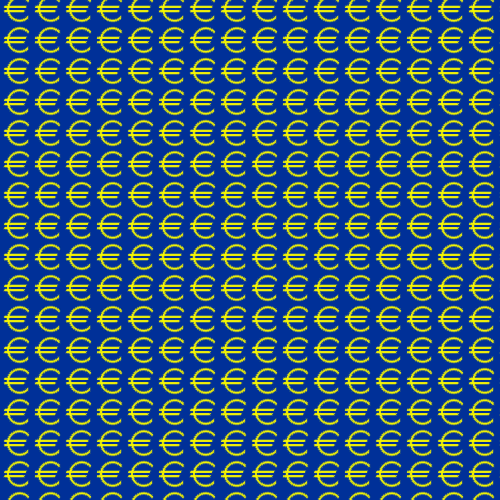

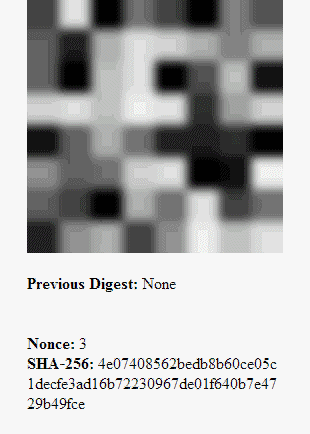
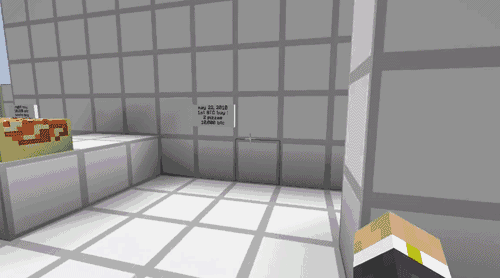
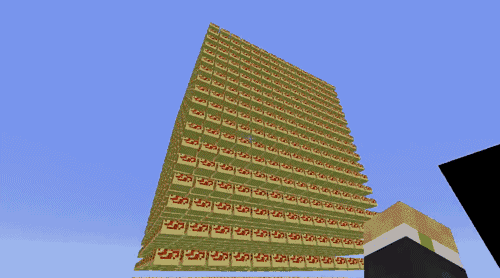
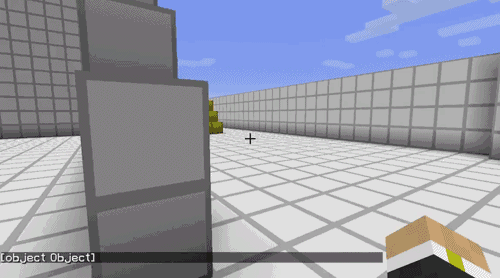
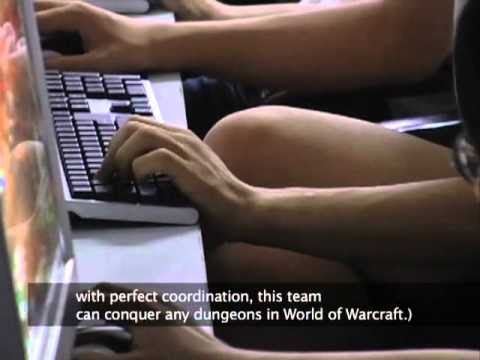









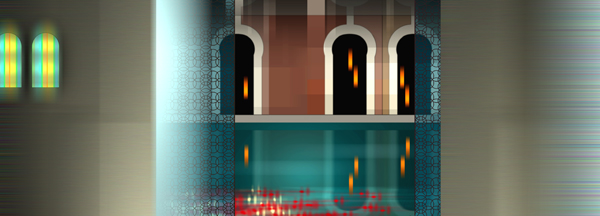
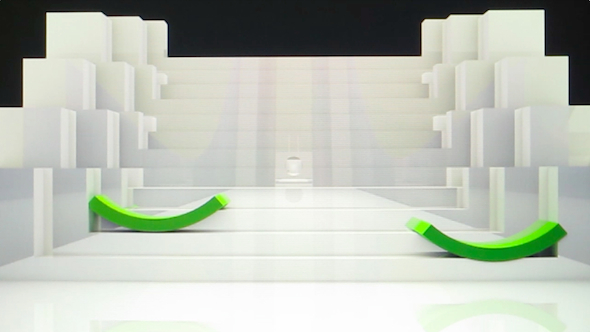
..jpg)
